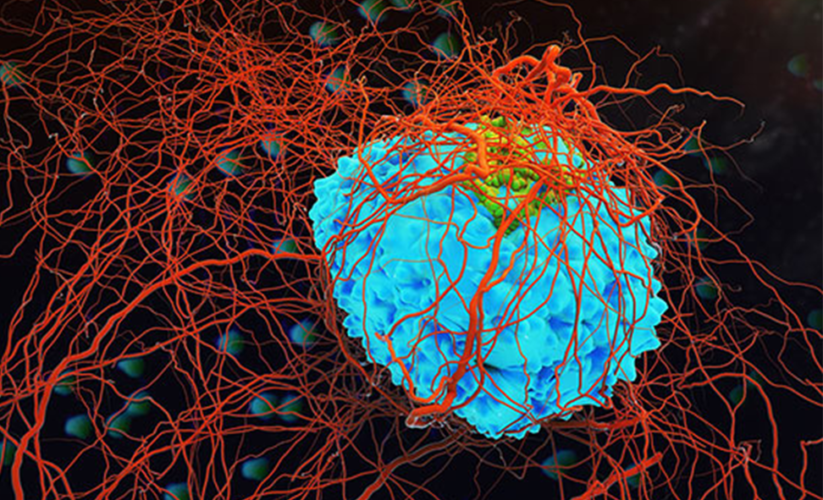When Is Completion Surgery Needed After an Appendiceal Carcinoid Tumor?

Appendiceal carcinoid tumors are rare neuroendocrine tumors most commonly detected incidentally during appendectomy. The decision to perform additional surgery after initial removal depends on tumor characteristics, pathological findings, and individual patient factors.
Tumors smaller than 1 cm are typically considered low risk. These are often located at the tip of the appendix and rarely show aggressive behavior. In such cases, a simple appendectomy is usually sufficient, and no further surgery is required.
For tumors between 1 and 2 cm, the decision to proceed with a completion right hemicolectomy depends on certain high-risk features. These include mesoappendiceal invasion greater than 3 mm, involvement of the base of the appendix, positive surgical margins, lymphovascular invasion, or a raised Ki-67 proliferation index. The presence of any of these factors may increase the risk of lymph node metastasis and warrant further surgery.
Tumors larger than 2 cm carry a significantly higher risk of nodal involvement and distant spread. In these cases, a completion right hemicolectomy is generally recommended to ensure adequate oncologic clearance, assess lymph nodes, and prevent recurrence.
Other factors influencing the decision include histological grade, evidence of metastasis on imaging, and patient-related considerations such as comorbidities and surgical risk. Multidisciplinary team discussions are valuable in complex cases where the benefits of additional surgery must be weighed against operative risk and patient preferences.




